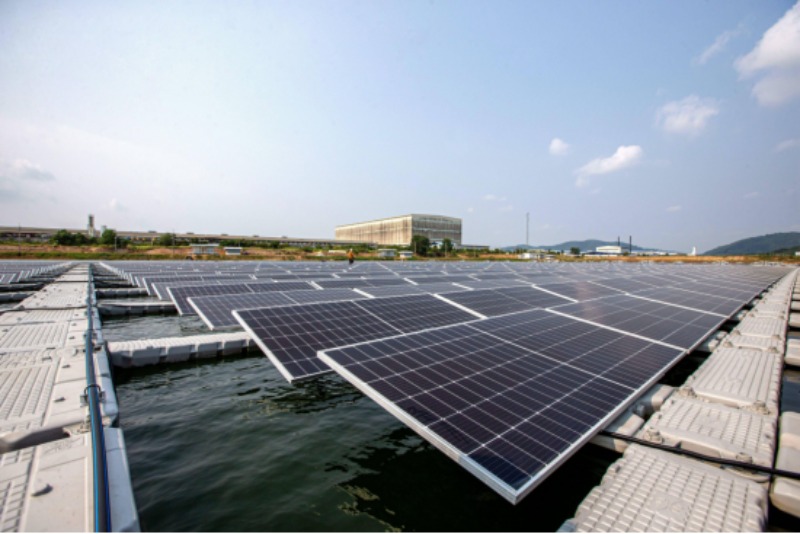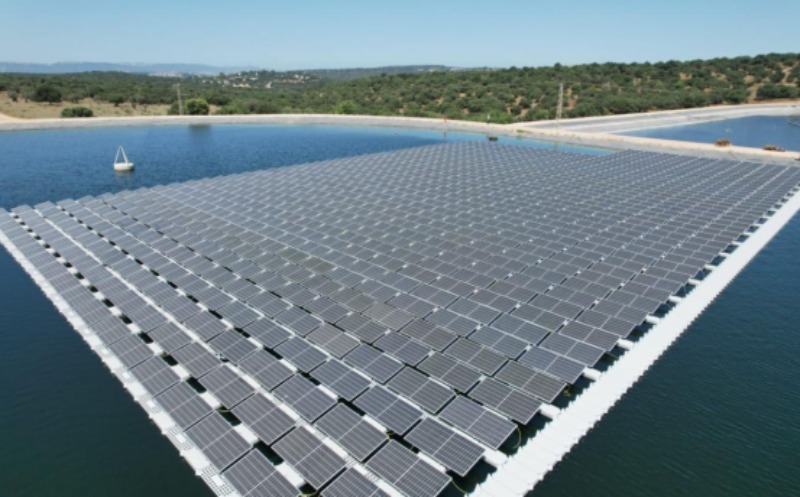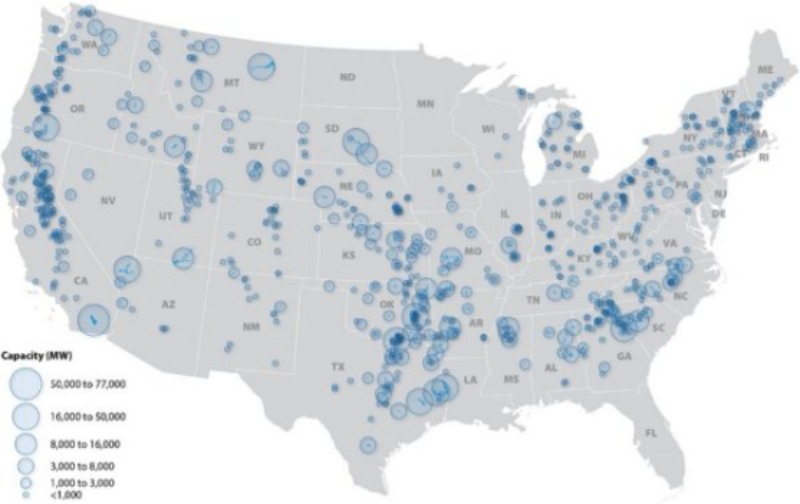The National Renewable Energy Laboratory (NREL) in the United States will publish a study titled "Floating photovoltaic technical potential: A novel geospatial approach on federally controlled reservoirs in the United States" in the upcoming February issue of Solar Energy. NREL has found that federally controlled reservoirs in the United States have "sufficient" floating solar power generation capacity, estimated to range from 861GW to 1042GW. Researchers say that this study not only helps to better understand the capacity of floating solar energy, but also helps to understand the spatial range for constructing such capacity.

Floating systems have many advantages, such as using water instead of land and potential synergies with hydroelectric power plants. Floating solar energy can operate anywhere with water bodies, so it can be combined with existing hydropower stations and pumped storage hydropower stations. Compared to ground mounted solar systems, floating solar panels are more efficient due to their cooling effect and low shading, and reduce the need for cleaning, evacuating, and leveling land for site preparation.

Driven by rising demand, reduced capital expenditures, and low-carbon energy support policies, the United States is expected to install 0.7GW of floating solar energy by 2033.

Resource potential at U.S. federally controlled reservoirs.
Image: National Renewable Energy Laboratory